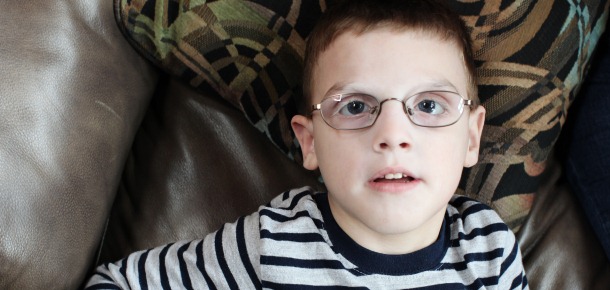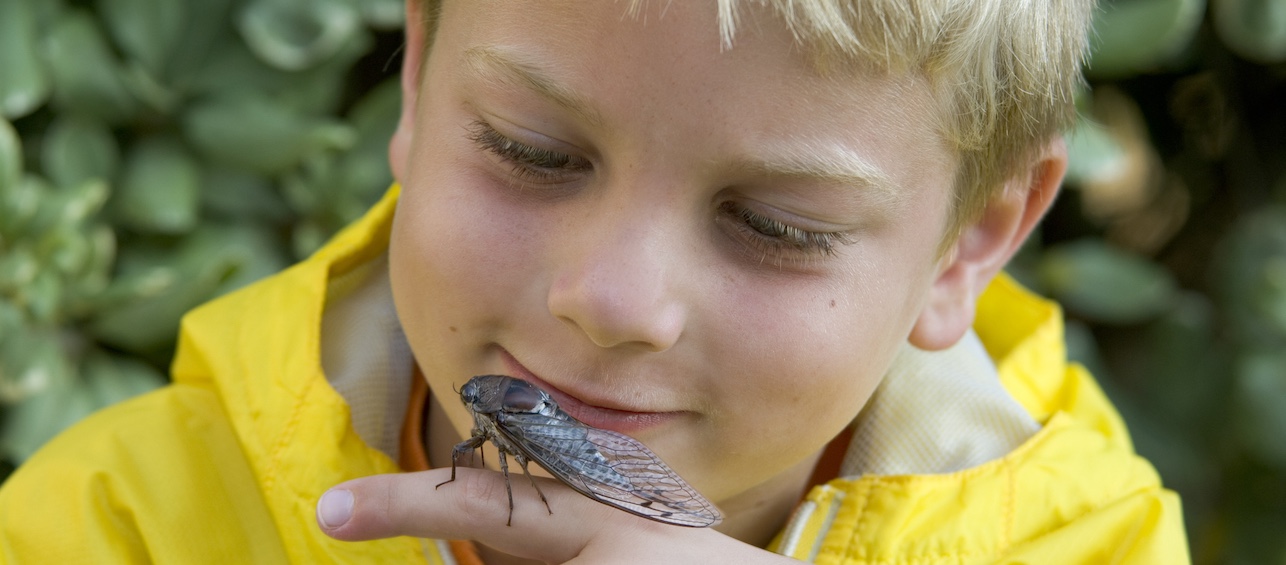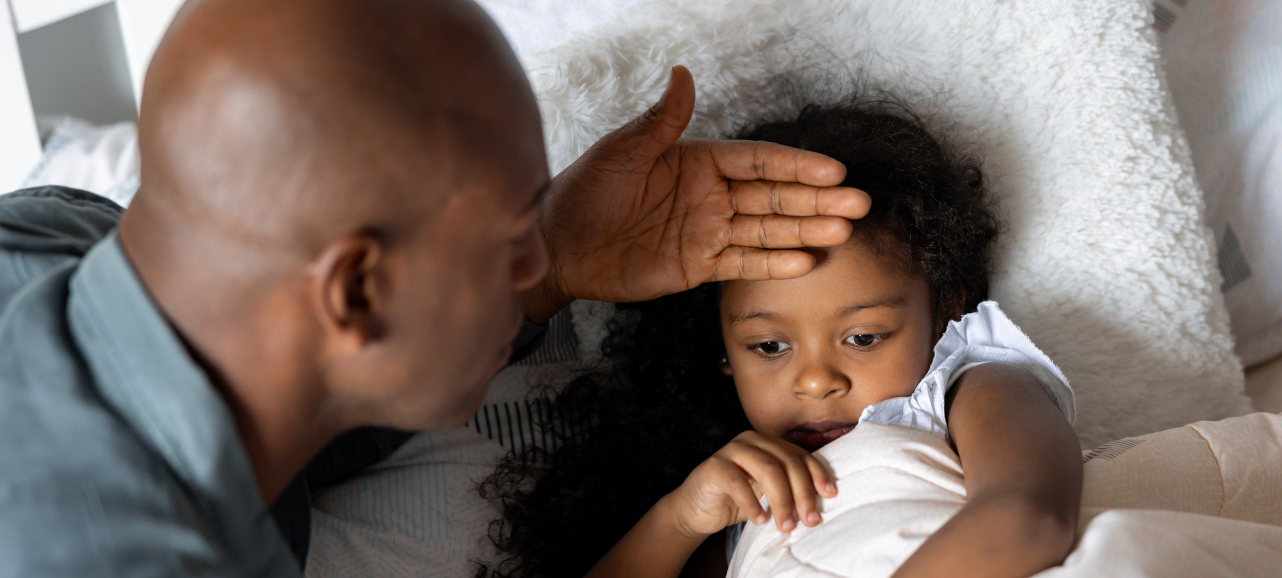Whether you’re trying out a new babysitter or utilizing a sitter who knows your family well, here are 10 things to make sure your sitter knows before you leave the house:
1. How you can be reached and when you’ll return
2. A list of emergency numbers, kept in a particular place:
* Fire, ambulance, police, poison control
* Trusted neighbors
3. Your house address for emergency responders
4. Location of first aid supplies
5. Health concerns, such as allergies and instructions for dispensing medications
6. Layout of the house, including entrances, exits, areas that are off-limits and a fire escape plan
7. Times for meals, naps, and bed
8. House rules, including use of phone, TV, and internet; and stance on visitors
9. How to comfort your child and how to respond to undesirable behavior
10. Whether or not you have a landline — if you don’t, make sure your sitter has a working cell phone or consider leaving one of yours behind that the sitter can use
From a safety standpoint, we recommend closing all of your blinds and locking all of the doors before you leave. It might be helpful to remind your sitter to not open the door for strangers and similarly, to not give information to callers about the whereabouts of the parents.
Make sure you allow yourself 15 minutes between the time the sitter arrives and when you have to leave. This can help your child adjust and feel comfortable with the sitter, as well as leave time for questions.
Editor’s note: this content originally appeared in Young & Healthy, a print and online publication of Cincinnati Children’s. To receive this publication electronically, visit our subscribe page.







You are a safety-conscious family. You have first aid kits throughout your home. You have childproof locks on all doors, windows, and cabinetry. Hazardous substances (i.e., bleach) are kept under lock and key, safely out of your child’s reach. How do you communicate your stance on safety to your child’s babysitter or nanny?
1. Show the babysitter or nanny your safety supplies and devices (i.e., first aid kits, childproof locks, etc.)
2. Discuss with the babysitter or nanny the proper use of your safety supplies and devices
3. Discuss with the babysitter or nanny your family’s safety procedures (i.e., fire evacuation procedure, tornado procedure, etc.).
4. Ensure that the babysitter or nanny has your cell phone number saved on her cell phone.
5. Ensure that the babysitter or nanny knows where to find your emergency telephone numbers list.
6. Discuss with the babysitter or nanny your family’s emphasis on safety.
7. Ask your babysitter or nanny if she is CPR-certified and trained to administer first aid properly.
8. Provide the babysitter or nanny with links to websites that are good resources for safety information.
9. Tell the baby sitter or nanny that you welcome her suggestions for improvements to your family’s safety procedures, inventory and use of safety supplies and devices, etc.
https://blog.care4hire.com/sittersafety/893